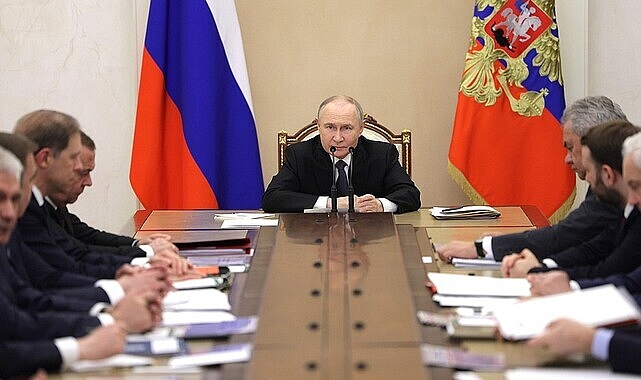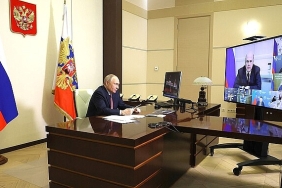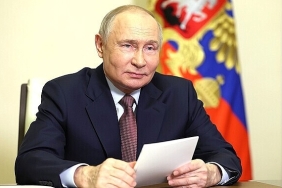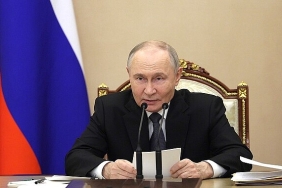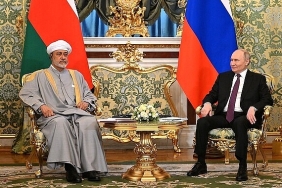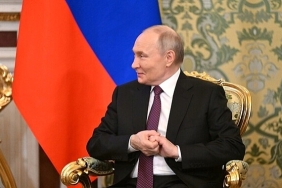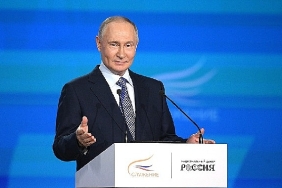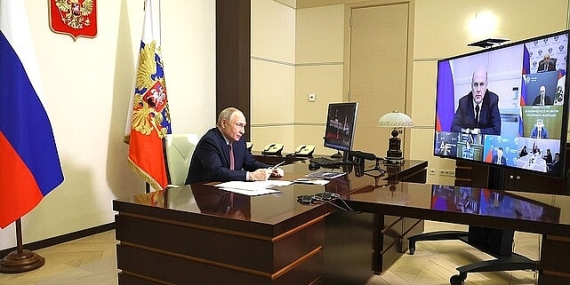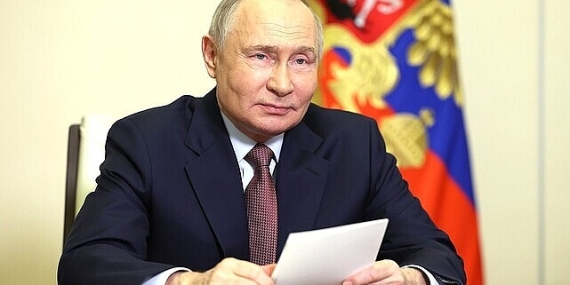Vladimir Putin chaired a meeting of the Military-Industrial Commission.
The President’s opening remarks
President of Russia Vladimir Putin: Good afternoon, colleagues.
We are holding a regular meeting of the Military-Industrial Commission. Its agenda includes discussing several matters related to the development of the Armed Forces and the performance of the defence manufacturing sector at the current stage, i.e. today, and the way it will operate in the future.
We will also review progress on instructions and directives related to supplying troops with the weapons, equipment and combat assets they need the most. I must stress that this goes beyond supplying units taking part in the special military operation. This, of course, is a priority. Still, we must also make sure that the military in general, the army and the Navy, receive these assets.
Let me tell you right away that last year, nearly all defence enterprises fulfilled defence procurement contracts in full, on time, and to a high standard, with some weapons even supplied ahead of schedule.
For example, the production of ordnance, as well as communication, reconnaissance, and electronic warfare systems, more than doubled. The troops received over 4,000 armoured vehicles and 180 combat aircraft and helicopters.
Over 1.5 million drones of various types were delivered, with about 4,000 so-called FPV drones equipped with virtual reality control systems supplied to the frontlines daily.
I know well, just as many of you here do, that these weapons are still in short supply. We need more of them. And I know that the Defence Ministry and its minister have been working hard together with defence manufacturers to address this shortage. There are plans to this effect, and we are really working on this issue all the time.
I am certain that we will fulfil all our plans to make more devices of this kind, I mean drones. The troops on the line of contact cannot wait to receive them. In fact, this is a major factor in achieving success on the battlefield.
I would particularly like to emphasise that the models most required on the frontlines are being improved rapidly, with their performance characteristics enhanced both in light of combat experience and the evolution of enemy countermeasures. Their developers, including leading Western arms corporations, are not standing idle either – we are aware of this, and our personnel on the battlefield know it too.
The high technological dynamism of our industries has been achieved, not least through feedback directly from the frontline. This operational coordination has been established by the Ministry of Defence with defence industry enterprises and must continue on a permanent basis.
I wish to express gratitude to the teams of defence enterprises, their subcontractors, design bureau staff, testing centres, and proving grounds. Your hard work and exceptional dedication have enabled Russia’s defence industry to meet the assigned tasks and challenges we have faced with distinction.
This year’s objectives are even more extensive, including the implementation of a programme to expand and modernise the defence industry’s capabilities, involving over 400 enterprises.
Let me stress: today, without any exaggeration, all the world’s armies, leading global defence manufacturers and tech companies are studying the experience we gained by conducting the special military operation, both in terms of tactics and weapon technology development. We must stay one step ahead, as we have done many times in recent years, and I am confident we will continue to do in the future.
As I have stated previously, we must continue to efficiently adapt armaments and equipment without bureaucratic delays to new, rapidly evolving forms and methods of warfare. All the necessary capabilities for this exist.
Drawing on combat experience, it is necessary to update training curricula in military academies and schools for the junior officer and sergeant corps. Concurrently, we must rigorously and thoroughly refine the combat manuals of the Ground Forces: from the level of squad and company up to corps and combined arms armies. I reiterate: these processes must proceed simultaneously and in close interconnection.
And of course, we must fully account for global trends in military technology development – that is, to forecast and comprehend the nature of potential armed conflicts of the future, as the future approaches ever more swiftly. The pace of change is accelerating relentlessly.
It is essential to accelerate the manufacturing of variously-based automated systems of different types, with a focus on unmanned boats and other naval systems.
Another challenge is to create laser systems capable of hitting various targets, including drones and potentially other military equipment such as aircraft, missiles, and the like. We have the relevant practical know-how, as well as manufactured products, but we must build up our efforts in these modern, high-demand and promising areas.
Here is what I would like to add. We must certainly develop everything that holds promise and everything else that we are not even discussing today. Our research centres, design bureaus and institutes are working on this, formulating ideas and offering them for our consideration. I am asking you to thoroughly consider these proposals without hastily rejecting them. This is not a task for tomorrow but for today, because it may be too late tomorrow if we do not address it today.
In addition, we must complete the creation, in keeping with the schedule and conforming to the necessary specifications, of a constellation of various-purpose spacecraft for conducting all kinds of reconnaissance and ensuring uninterrupted communication in a closed format in a complicated jamming environment, including both during hostilities and peacetime combat training, for the Armed Forces, special operations and other law enforcement agencies. This will allow us to complete the creation of a modern real-time battle command system, thereby greatly increasing the combat potential of these forces.
We must also step up the manufacturing and use of protected domestic software and AI products in comprehensive automated battle command systems. We often speak about artificial intelligence, which is the latest trend discussed at all meetings in all spheres without exception. However, we must recognise, and actually everyone knows it, that the possibilities of AI are truly vast. Those who are the first to use this technology, in this case, in the military sphere, will have huge advantages on the battlefield. We must never forget this.
There are also other ideas and designs, but we will talk about them some other time. And now, let us start working on the issues on our agenda.
Kaynak: (BYZHA) Beyaz Haber Ajansı
